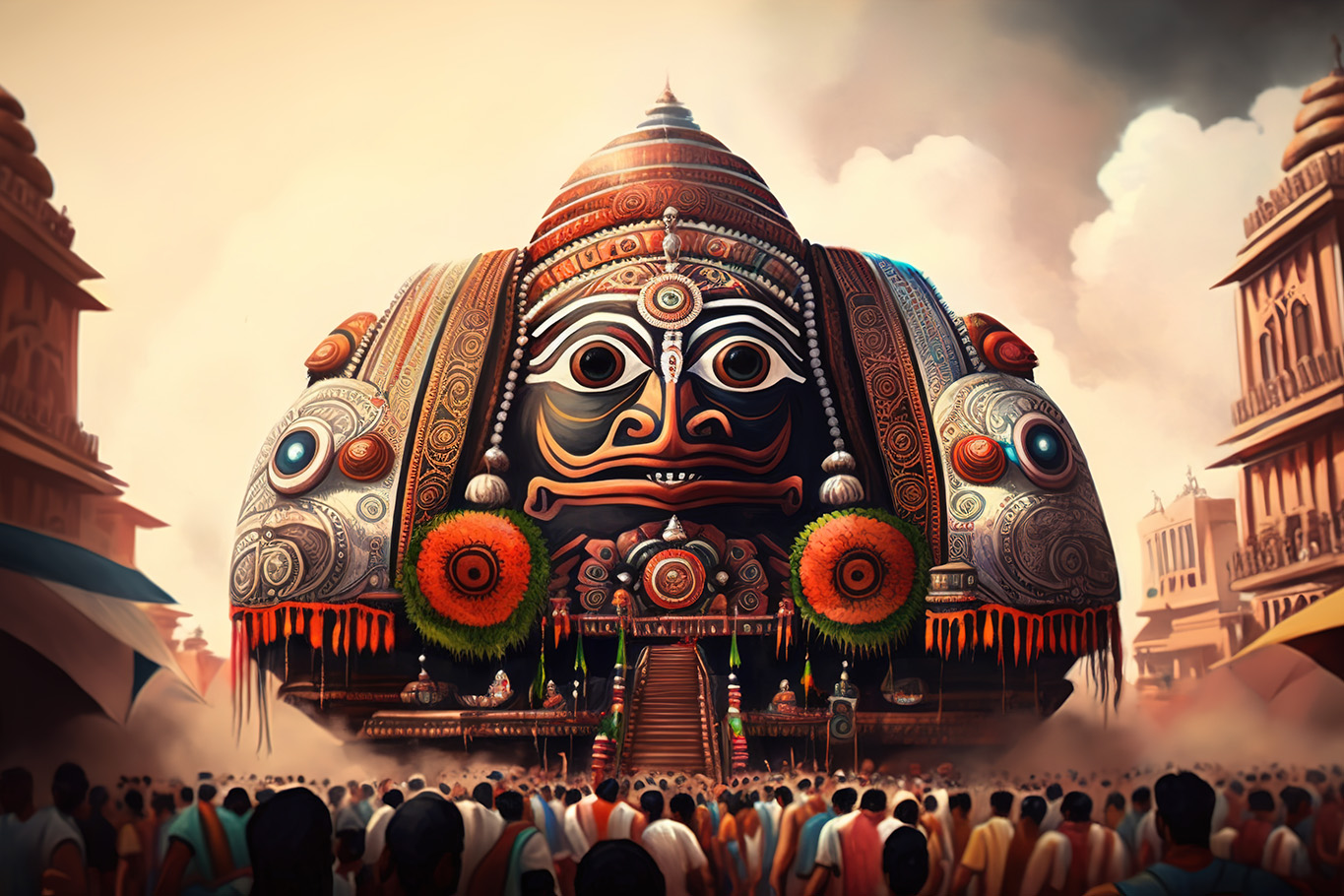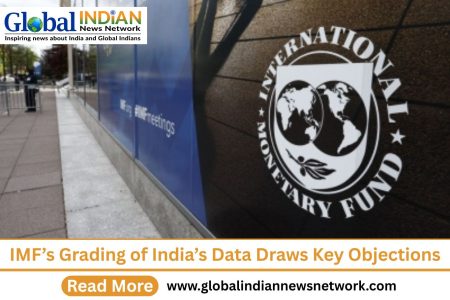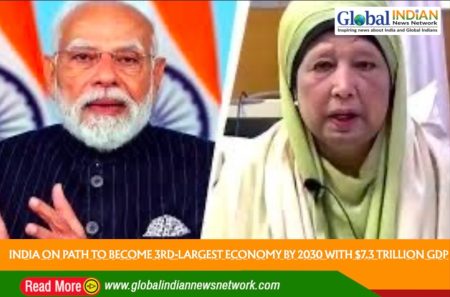 The Jagannath Puri Rath Yatra is an annual festival that takes place in the city of Puri, Odisha, with a rich historical background spanning centuries. The festival originated from Devi Subhadra’s desire to visit Puri, prompting Lord Jagannath and Lord Balabhadra to embark on a chariot journey to fulfill her wish. Since then, the Rath Yatra has been observed annually according to the Hindu calendar.
The Jagannath Puri Rath Yatra is an annual festival that takes place in the city of Puri, Odisha, with a rich historical background spanning centuries. The festival originated from Devi Subhadra’s desire to visit Puri, prompting Lord Jagannath and Lord Balabhadra to embark on a chariot journey to fulfill her wish. Since then, the Rath Yatra has been observed annually according to the Hindu calendar.
Apart from the well-known Puri Shri Jagannath Rath Yatra, there are several other notable Rath Yatra festivals celebrated across the country. Let’s explore some of these captivating events:
1. Puri Shri Jagannath Rath Yatra:
The Rath Yatra in Puri occurs on the “Shukla Tithi” of the Bengali month of “Asar.” This year, the revered Shri Jagannath is being celebrated through the Rath Yatra on June 20.
The beautifully adorned chariots, resembling temples, travel through the streets of Puri. The journey begins at the Gundicha Temple, located around 2 km from the main Jagannath temple.
People from different castes and countries gather to witness the deities during this auspicious occasion. Pilgrims eagerly await the chance to touch and pull the holy chariot’s rope, seeking blessings.
2. Baripada Rath Yatra in Mayurbhanj:
The Baripada Rath Yatra, also known as ‘Dwitiya Srikshetra,’ is the second most popular Rath Yatra after Puri. Records indicate that the tradition of Rath Yatra in Baripada dates back to 1575. In a notable event during the 1975 International Women’s Day, women took the lead in pulling the chariot of ‘Devi Subhadra’ for the first time.
Baripada is home to two temples dedicated to Lord Jagannath. The larger temple organizes three chariots to carry the deities to the Gundicha Temple, while the smaller Banthia Jagannath Temple has a chariot exclusively pulled by children. The grand road known as Bada-danda witnesses thousands of devotees coming together to pull the chariots, adorned with pure cotton and chandua fabric.
3. ISKCON Rath Yatra in Kolkata and West Bengal:
The ISKCON-organized Rath Jatra Festival in Kolkata is the world’s second-largest Rath Yatra celebration. Almost a century ago, at the age of six, Srila Prabhupada, a revered monk, founded the festival in Kolkata.
After a 70-year hiatus, Srila Prabhupada reinstated the festival in Kolkata in 1972. The grand procession begins at the Radha Govinda temple, featuring massive chariots carrying idols of Lord Jagannath, Lord Baldev, and Subhadra Devi. The chariots travel through prominent streets such as Camac Street, Park Street, Chaurangi, Chittaranjan Avenue, and Mahatma Gandhi Road before returning to the Radha Govinda Temple. Thousands of excited spectators line the streets, hoping to catch a glimpse of this magnificent event.
4. Mahesh Rath Yatra in Hooghly District:
Mahesh, located in the Hooghly district, holds significant historical importance as the second oldest Rath Yatra festival in India after Puri.
It is Bengal’s oldest chariot festival. Devotees take the chariot to the Lord’s garden house to the north of Mahesh and return it after eight days. A massive fair is held on this occasion. The chariot has been constantly renovated since 1397.
On July 1, Mahesh celebrated its 623rd anniversary of Rath Jatra. The Rath Yatra is mentioned in Bankim Chandra’s ‘Radharani’ story, and even Chaitanyadev himself visited Mahesh for the chariot festival.
5. Keonjhar Rath Yatra:
According to legend, King Laxminarayan Bhanj had a dream about the location of the idol of Sri Baldev Jew. He went to the banks of Baitarani and discovered it. In 1961, King Bhanj placed the idol on a massive rock, and later, Raja Gopal Sandha of Kujang built a temple there. Since then, Rath Yatra has been celebrated in the area.
The temple in Keonjhar’s Old Town is the oldest temple in the state, housing many small temples within its premises. It is a popular pilgrimage site in Keonjhar. The Rath Yatra is famous for its 72-foot-tall Lord Jagannath chariot, surpassing the height of the Jagannath chariot in Puri (45.6 feet).
In the past, tribal people used to perform Jhinka Bibah (unusual marriage) during Rath Yatra. They would choose their partners and apply vermilion to their foreheads while dancing. However, this tradition has now become extinct.
These Rath Yatra festivals in different parts of the country showcase the cultural diversity and devotion of the people towards Lord Jagannath. They are vibrant and significant celebrations that attract devotees and visitors from far and wide, providing an opportunity to experience the grandeur and spirituality associated with these ancient traditions.












